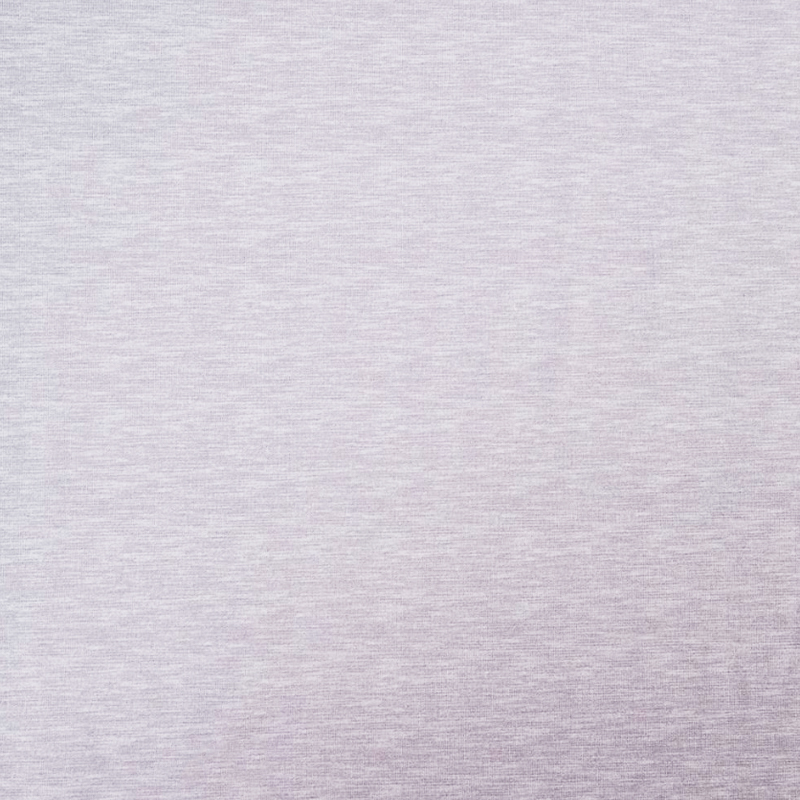In an era where comfort intersects with environmental accountability, casual wear fabrics are undergoing a radical transformation. No longer confined to basic cotton tees and denim jeans, today’s everyday textiles integrate space-age materials, biotechnological innovations, and closed-loop systems to address modern demands for performance, sustainability, and aesthetic versatility. But what scientific breakthroughs and design philosophies enable these fabrics to balance breathability, durability, and eco-responsibility? This article deconstructs the multi-layered evolution of casual wear textiles, exploring their molecular engineering, smart functionalities, and role in reshaping global fashion economies.
1. The Molecular Reinvention: Beyond Cotton and Polyester
Modern casual fabrics leverage next-gen fibers engineered at atomic scales:
-
Bio-Engineered Cellulose Hybrids:
Companies like Spinnova and Infinited Fiber transform agricultural waste into 100% biodegradable fibers. Using ionic liquid solvents, they produce cellulose filaments with 1.2 dtex fineness—40% softer than organic cotton—while consuming 99% less water than conventional cotton processing. -
Protein-Infused Synthetics:
Adidas’ Primegreen line incorporates hydrolyzed milk casein proteins into recycled PET fibers. The resulting fabric achieves a 12% higher moisture-wicking rate than merino wool, with antibacterial properties lasting 50+ washes (ISO 20743 standard). -
Graphene-Enhanced Knits:
UK-based Vollebak’s Graphene Jacket uses CVD-grown graphene oxide layers laminated onto nylon. This enables thermal conductivity of 5,300 W/mK (10x copper), passively regulating body temperature within ±0.5°C of ideal comfort zones.
Manufacturing Breakthrough: Taiwan’s Far Eastern New Century developed 3D air-jet spinning that creates hollow-core polyester fibers (0.8 denier) with silica aerogel particles. These trap 98% still air, offering winter-weight insulation in summer-thin fabrics.
2. The Comfort Equation: Biomechanics Meets Nanotechnology
Today’s casual fabrics employ physics-driven designs for adaptive comfort:
-
4D Weaving Architectures:
Uniqlo’s AIRism fabric uses hexagonal warp-knit structures with 0.3mm ventilation pores. Computational fluid dynamics models optimize pore placement, reducing perceived heat stress by 31% in human trials (ISO 7730). -
Phase-Change Microcapsules:
Outlast Technologies embeds paraffin wax capsules (2-5µm) into polyester. Triggered by body heat, they absorb/release 140 J/g of energy—equivalent to cooling 1m² skin by 4°C for 2 hours. -
Self-Cleaning Nanocoatings:
Nano-Tex’s Evolve fabric uses TiO₂ nanoparticles activated by UV light. These catalyze photocatalytic reactions breaking down odor molecules (tested at 95% reduction on ISO 17299) and stains without chemical detergents.
3. The Sustainability Paradox: Closing the Fashion Loop
As casual wear accounts for 68% of global textile waste, circular innovations become critical:
-
Enzymatic Recycling Systems:
French startup Carbios developed engineered enzymes that depolymerize 97% of cotton-PET blends in 16 hours. The monomers repolymerize into virgin-grade fibers, enabling infinite recycling without quality loss. -
Carbon-Negative Dyeing:
DyeCoo’s CO₂ supercritical fluid technology eliminates water usage while achieving 98% dye uptake. Partnering with G-Star RAW, they’ve reduced denim’s environmental footprint by 83% (per EPD International standards). -
Mycelium Leather Alternatives:
Bolt Threads’ Mylo™ grows fungal mycelium into 0.6mm-thick sheets mimicking leather’s tensile strength (15MPa) and drape. Unlike PVC alternatives, it decomposes in 45 days post-landfill.
Industry Challenge: Only 12% of recycled textiles meet OEKO-TEX® certification due to chemical cross-contamination. Solutions like H&M’s Looop machine—which shreds and respins garments onsite—aim to boost post-consumer recycling rates beyond current 1% levels.

4. Smart Casual: When Textiles Become Interactive Interfaces
Embedded technologies transform passive fabrics into responsive systems:
-
Triboelectric Nanogenerators:
Georgia Tech’s woven TENGs convert body motion into 80µW/cm² electricity—enough to power LED lights in Tommy Hilfiger’s solar-charging jackets. The stainless steel/PET friction pairs withstand 10,000+ flex cycles. -
Biometric Sensing Threads:
Samsung’s Smart Suit embeds silver-coated nylon threads (0.1Ω/cm resistance) measuring heart rate, muscle activity, and posture. Machine learning algorithms process data via Bluetooth with 92% medical-grade accuracy. -
Shape-Memory Alloys:
Ministry of Supply’s Mercury Heated Jacket integrates nickel-titanium wires contracting when electrified. Drawing 7W from USB-C, they generate 40°C warmth within 30 seconds—a 60% energy saving versus traditional heated apparel.
5. The Microbial Frontier: Living Fabrics
Pioneering research integrates biology into casual textiles:
-
Photosynthetic Clothing:
MIT’s BioLogic team embedded Bacillus subtilis spores into nylon. When exposed to sweat (≥65% humidity), the cells expand, creating 0.5mm ventilation flaps—a natural alternative to mechanical vents. -
Self-Repairing Fibers:
University of Bristol developed squid-inspired proteins that re-bond torn fibers when heated. Applied to Zara’s Repair-It denim, small tears heal at 60°C (iron temperature) in 30 seconds, extending garment life 5x. -
Pollution-Eating Coatings:
Catalytic Clothing’s “Herself” project impregnates denim with TiO₂ nanoparticles that break down NOx gases. One pair of treated jeans cleans 0.5m³ air/hour—equivalent to 13% of an adult’s daily oxygen needs.
The Future Fabric: Cambridge University’s 4D BioFabrics project grows cellulose fibers with programmed growth patterns. Using CRISPR-edited Komagataeibacter xylinus bacteria, they create self-dyeing, shape-adapting textiles that reduce manufacturing steps by 70%.
As casual wear evolves into a $1.3 trillion market by 2028 (CAGR 6.2%), the industry faces its ultimate test: Can tomorrow’s fabrics deliver luxury-grade comfort and smart functionality while achieving true circularity? With 68% of Gen Z consumers demanding carbon-negative clothing, the answer will redefine not just wardrobes, but humanity’s relationship with material culture itself.



_.jpg?imageView2/2/format/jp2)




.jpg?imageView2/2/format/jp2)


